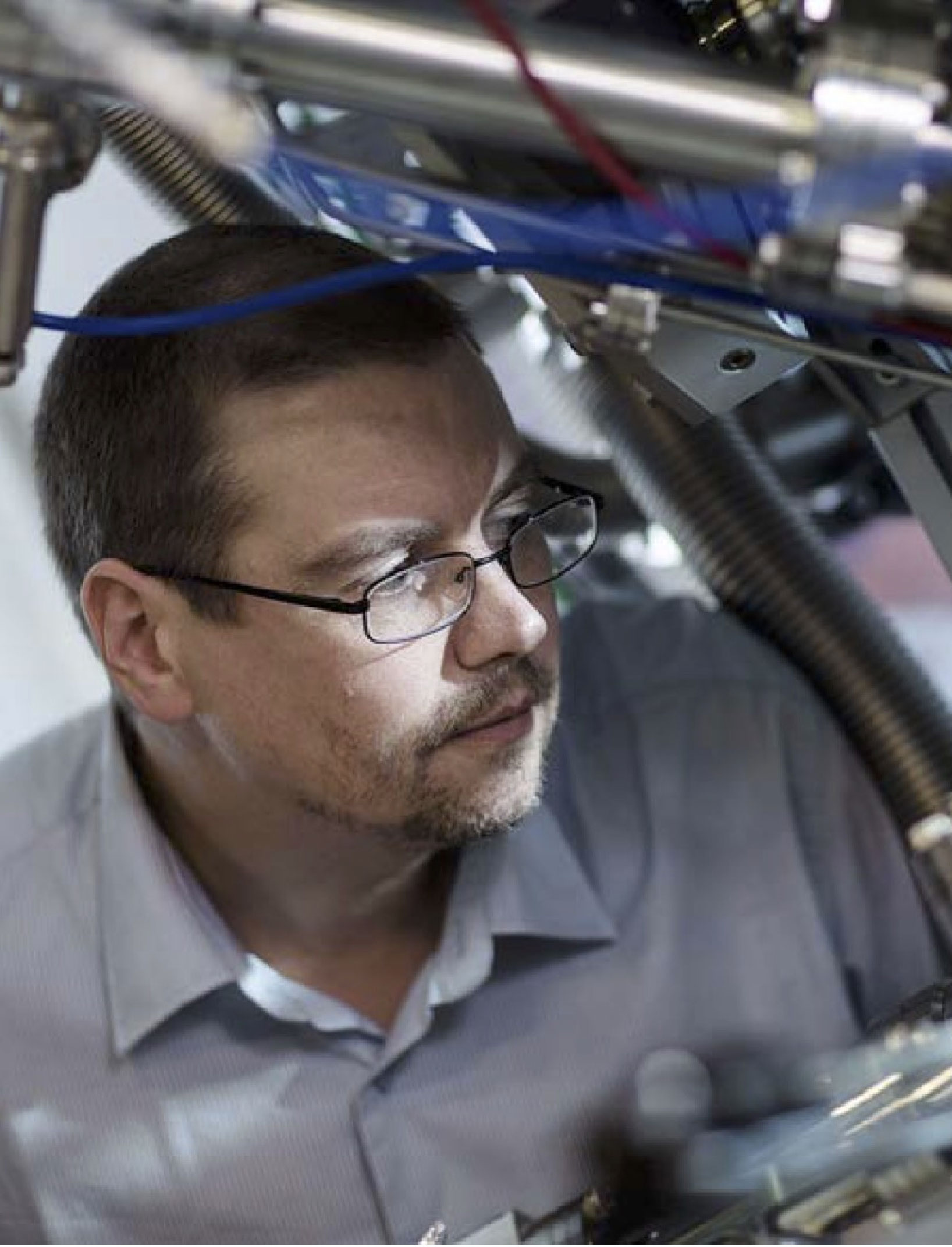
About the project
DOPED is fundamentally a materials research project in which we explore the material properties of ultra-wide-band-gap semiconductors for use in future technologies. Currently transistors form the backbone of our technological world, and these days, thanks to modern silicon processing, thousands of transistors fit on a simple little chip. But the list of current materials that are used for transistor technologies leaves several important technological areas unsatisfied, and the search for new materials that can be used to satisfy those areas is ongoing.
One of these important areas is related to redesigning the electricity grid into one that is adaptive, a so-called "smart grid". The grid must be able to regulate and distribute all the new renewable energy sources we supply, facilitate the charging of electric vehicles and power smart homes. For this, transistors are needed that can handle much higher voltage and power than the current power electronics technology can offer. The DOPED project aims to use the combined properties of diamond and gallium oxide to achieve this.
These two materials should be able to provide the ultimate high-power electronic device, that is, it is difficult to see further potential to increase the high-voltage capacity with any other elements in the periodic table, but there is a long way to go before transistor technology of these materials is possible. We must first gain knowledge of how the charge carriers in each material behave when we form an interface between the two. We must answer questions such as: how will one material grow on the other? Can alloying contribute to a better "crystal match" between diamond and gallium oxide? What are the most important defects that form and will the electrical properties be affected by these?How do we make electrical contacts that can withstand the high fields and temperatures the device will be exposed to? We aim to create this knowledge base and develop the concept to the next level.
Financing
The project is financed by the Research Council of Norway (no. 335022) (NFR.no)
Project period
2023 - 2026









